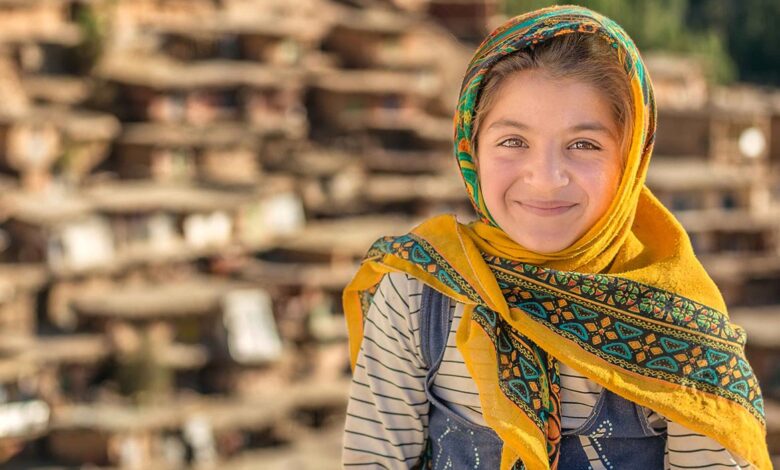
The culture of Iran has a rich history over 10,000 years, home to diverse ethnic groups with various and fascinating customs and traditions. Along with ancient customs and traditions, one can notice the influence of Islamic religious customs in Iranian rituals.
Furthermore, each Iranian ethnic group has its own cuisine, clothing, music, dance and even language or dialect, and it is impossible to go into all of them in this article.
We will try to briefly introduce some of the most important rituals and fine traditions of the Iranian people and familiarize the dear reader with some of the rich culture of Iran. Let’s start by presenting the ancient festivals of Iran.
Contents
Iranian Ritual Festivals
Nowruz Holiday
When the new year arrives, Iranians celebrate by setting up the table “Haft Seen”, which consists of seven dishes that begin with the Persian letter “sin”, such as “sabzeh” (wheat sprouts or lentils), ” seeb” (apple), “senjed” (dried olive oil), “sir” (garlic), “samanu” (sweet pudding), “somaq” (summon) and “serkeh” (vinegar).
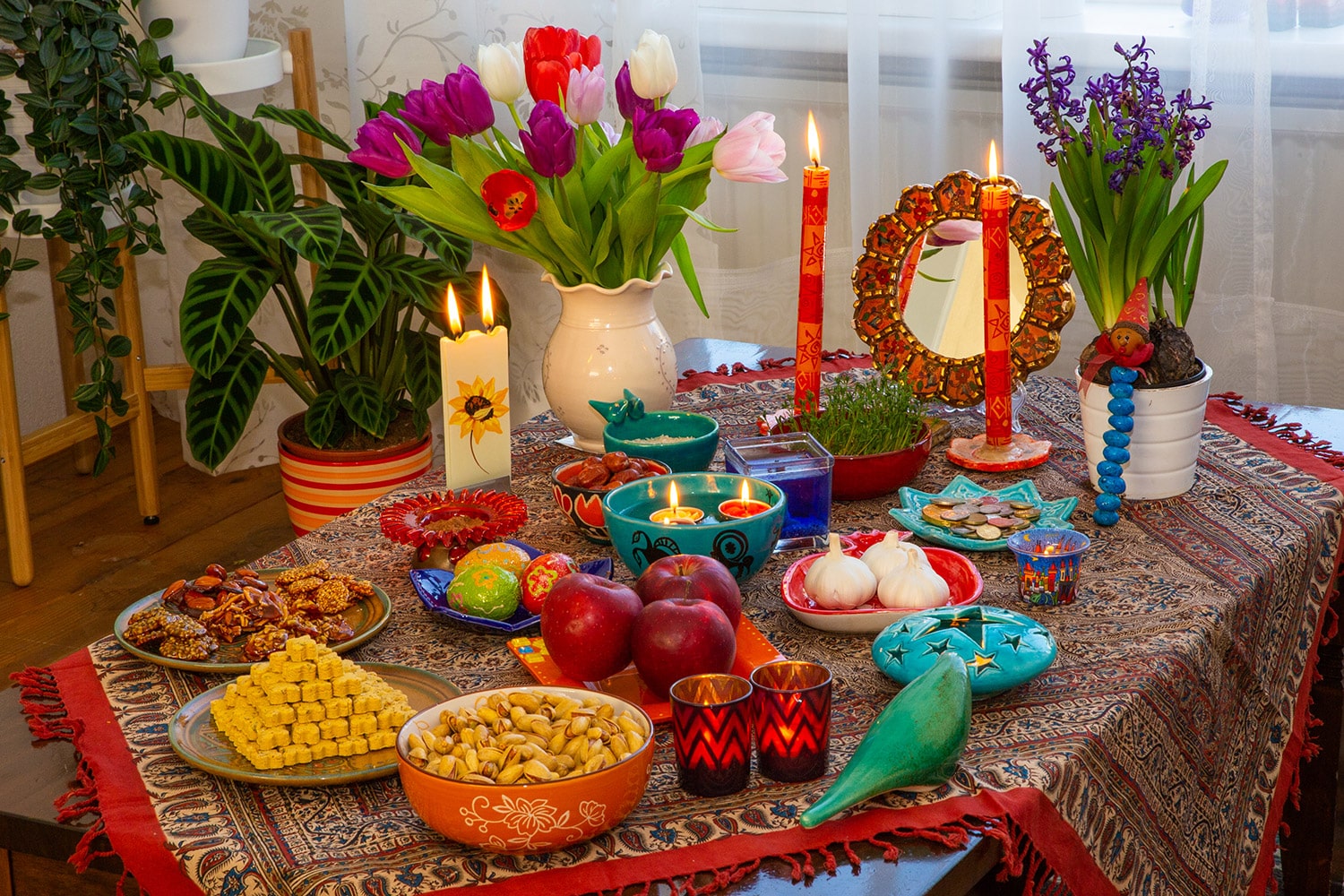
Before the start of the new year, “Haji Firuz”, a traditional character, walks the streets and markets, dancing and singing to announce that the new year has arrived. After the New Year celebrations, elders give money to younger family members as a gift, called “Eidi”.
The Nowruz festival lasts for thirteen days, during which family members visit each other. On the thirteenth day of the first month of the year, people go out to end the Nowruz festival and return their “Sabzeh” to nature.
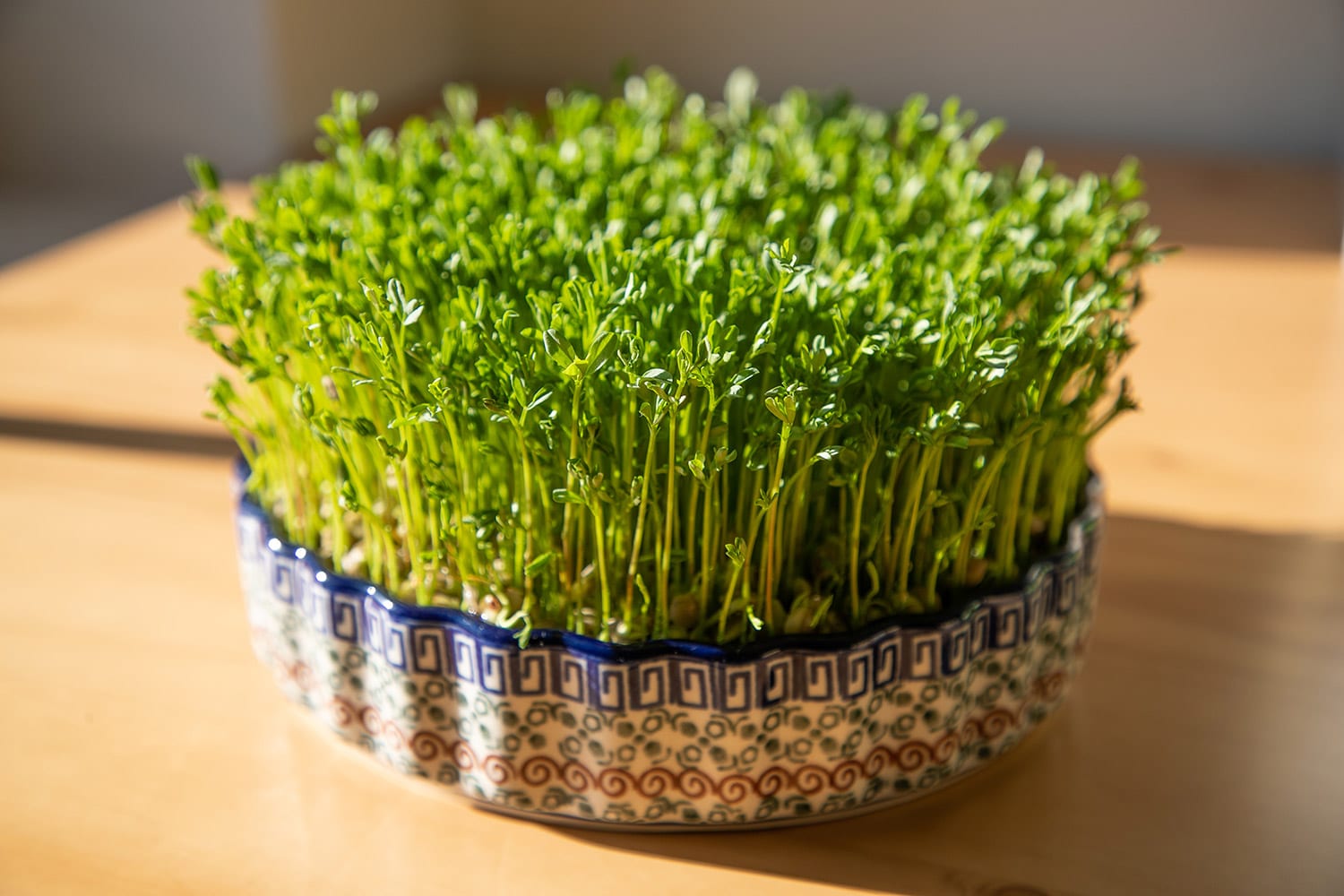
Yalda Party
The longest night of the year, which falls on the last night of autumn, is a symbol of the victory of light over darkness for Iranians.
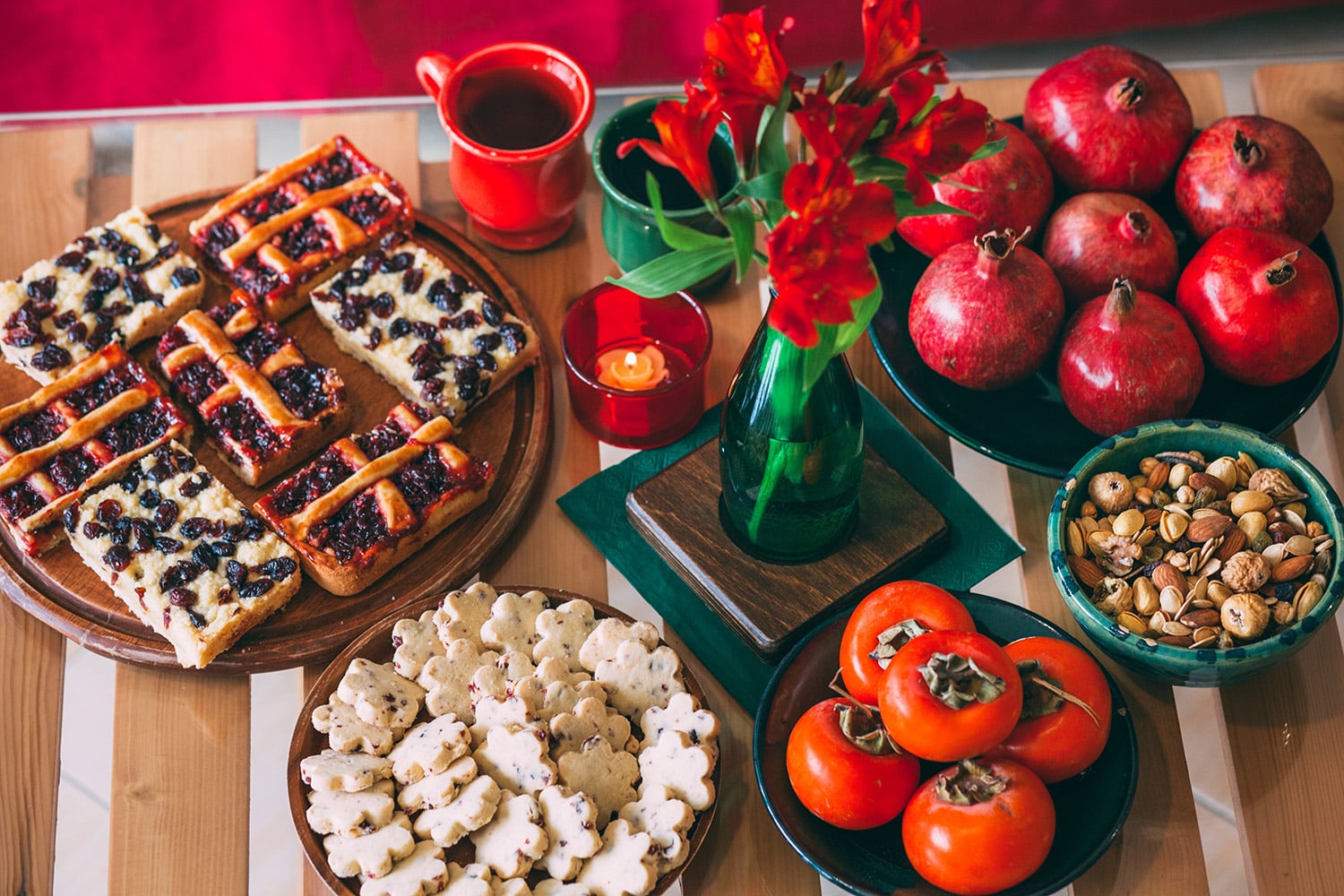
The ancient Iranians called this night “Yalda”, which means birth, and actually refers to the birth of the Sun and from tomorrow, the day will be long again.
For this reason, Iranians celebrate Yalda night and gather with their family and friends. Watermelon and pomegranate are among the popular fruits on this night. Reading Shahnameh (The book of Ferdowsi, a famous Iranian poet many centuries ago) and Hafez’s poems are also a regular occurrence on this night.
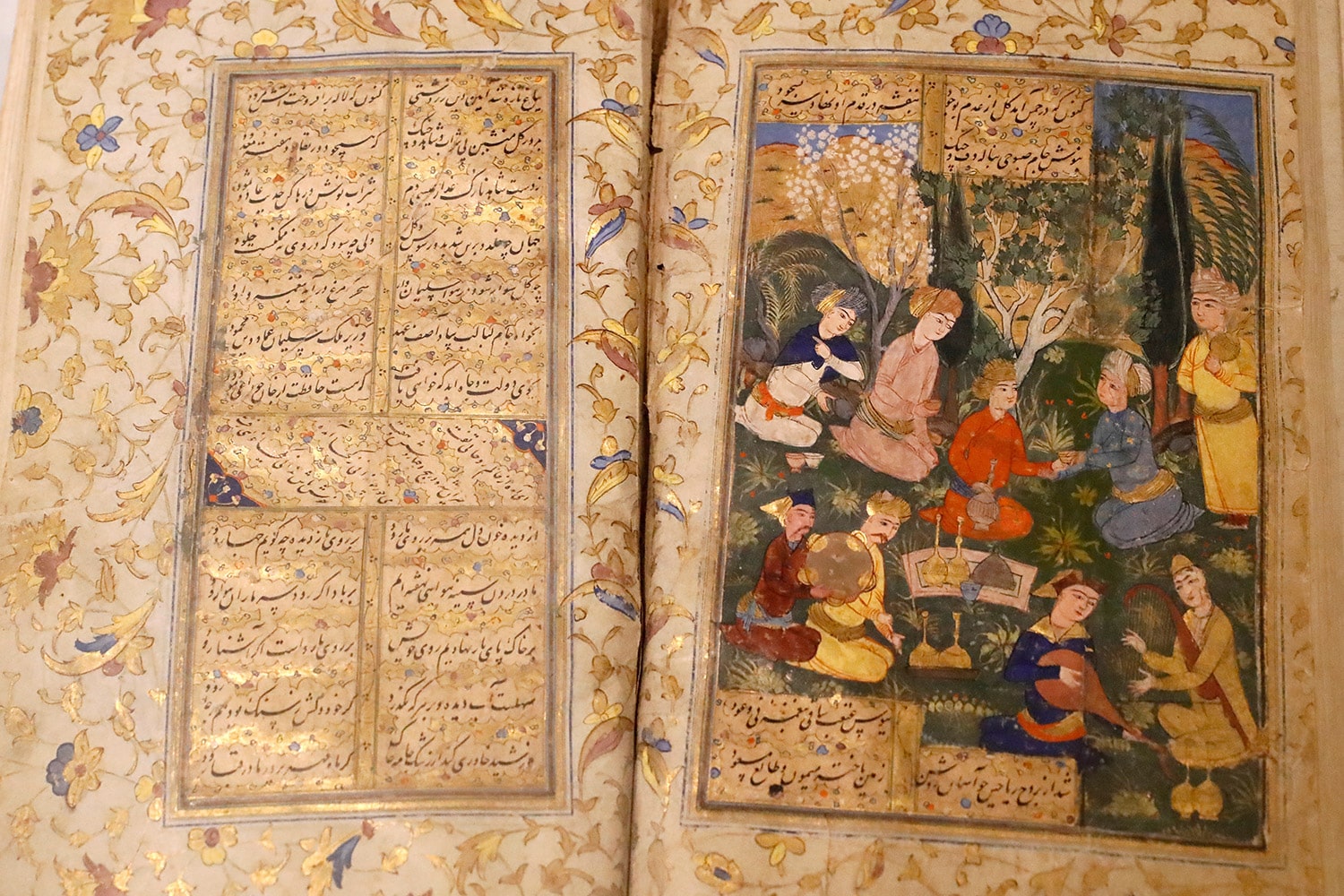
Charshanbe Suri
Among other ancient Iranian festivals is the celebration of the last Wednesday of the year, known as “Charshanbe Suri”.
One of the most important rituals on this day is lighting a fire and jumping over it, which symbolizes the removal of impurities and diseases, and welcomes purity and health into the new year.
Other rituals on this day include “breaking the pot”(as a symbol to get rid of bad luck) and “spoon tapping” (people cover their faces and go to neighbors, knocking spoons on pots to receive snacks and sweets).
Other traditional Iranian holidays celebrated less frequently in modern times include:
Sadeh Festival
A festival dedicated to the Zoroastrians takes place on 10 Bahman (January/February) and is accompanied by bonfires and festivities.
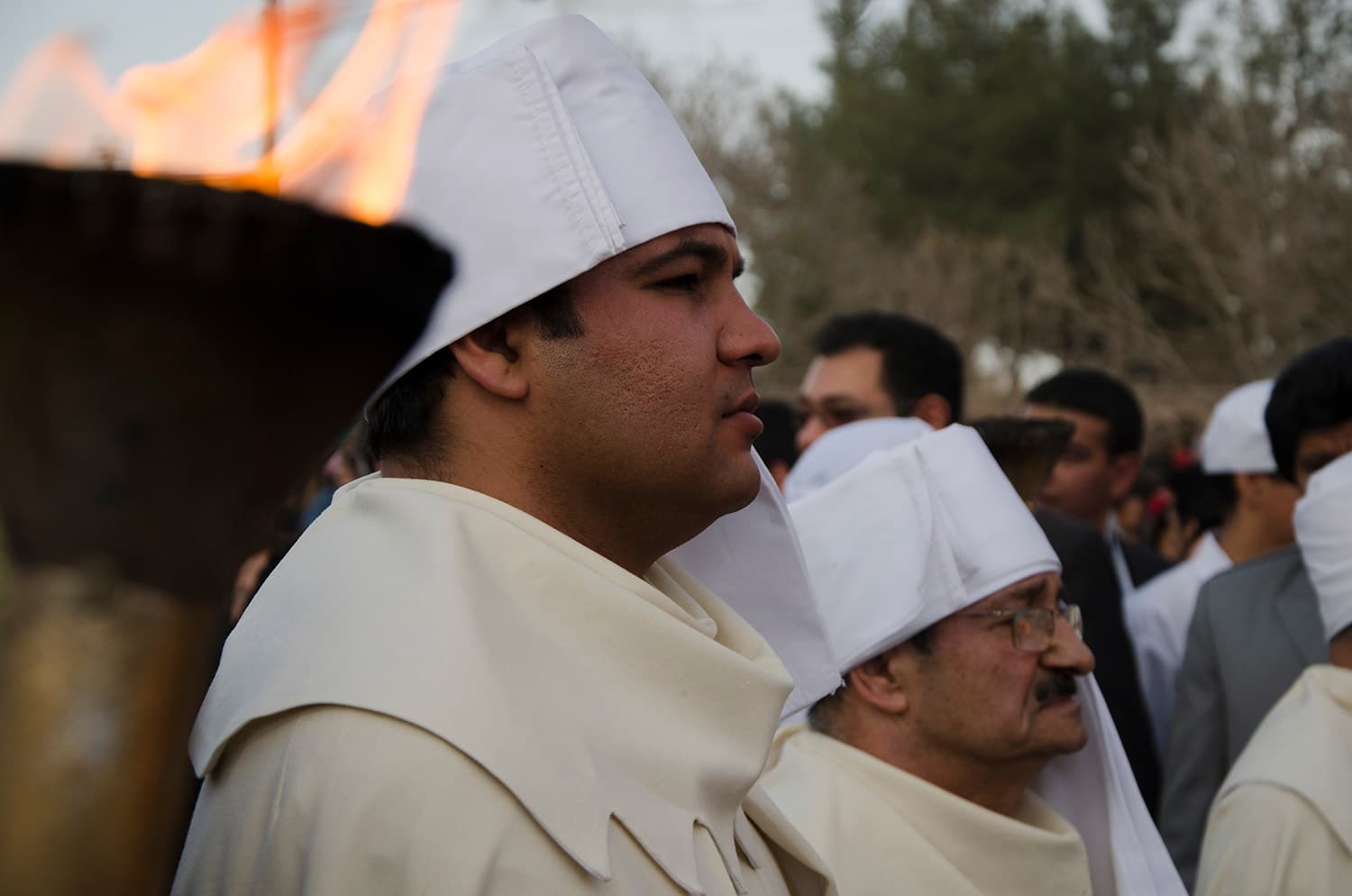
The name of the holiday comes from the fact that There are 50 days and nights left until the new year, which in Persian is called “sadeh” and represents the total of 100.
Mehregan Festival
One of the most important holidays after Nowruz, is still celebrated in some parts of Iran, especially by Zoroastrians, for six days starting at 16 Mehr (October).
The name of the festival is derived from “Mehr” which means kindness and love, and it signifies honesty and truthfulness. People celebrate this festival by rejoicing, playing music and having parties.
Spandramadgan or Esfandegan Festival
A festival dedicated to honoring and remembering women, in which men traditionally give gifts to their wives and lovers.
This festival is celebrated on 5 Esfand (February/March) according to the Zoroastrian calendar.
Religious-Islamic Rituals in Iran
Ashura and Tasua
These two days are the most important religious ceremonies in Iran, as Shia Islam is the official religion of the Iranians. “Imam Hussein” is one of the holy figures in Islam who, according to Shia beliefs, was subjected to oppression and tyranny by a ruler named “Yazid”.
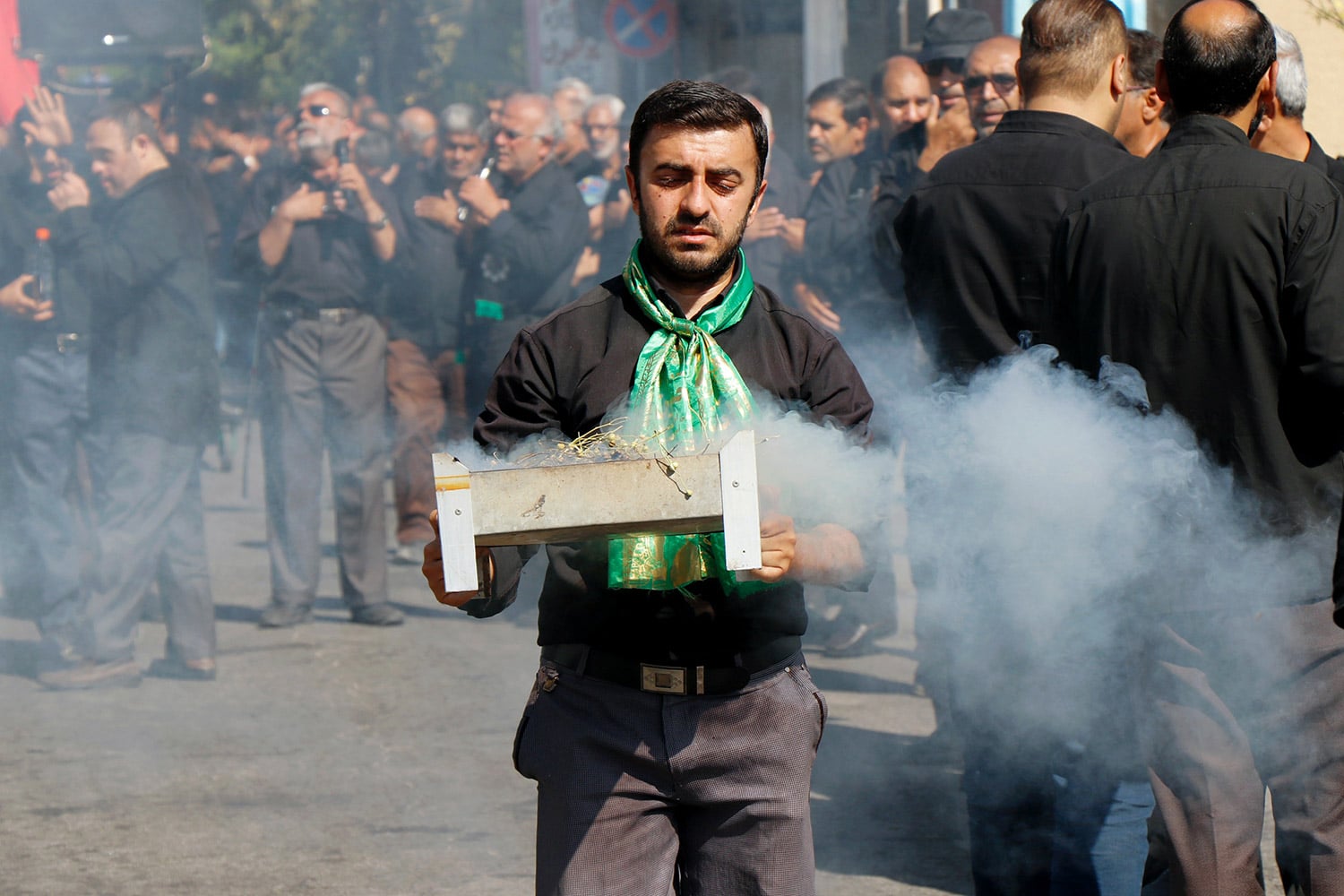
Imam Hussein and his family were martyred when they were thirsty and had their water cut off. Iranians mourn their martyrdom during these two days, which fall in the Muslim lunar month of Muharram, through mourning ceremonies accompanied by beatings and special ceremonies.
Other important religious holidays include “Eid al-Fitr”, “Eid al-Adha” and “Eid al-Ghadir”, each with its own unique customs and celebrated not only by Iranians, but by all people Shia Islam worldwide.
Ethnic groups of Iran
In this section, it is better to introduce you to different ethnic groups of Iran, their traditional foods and costumes.
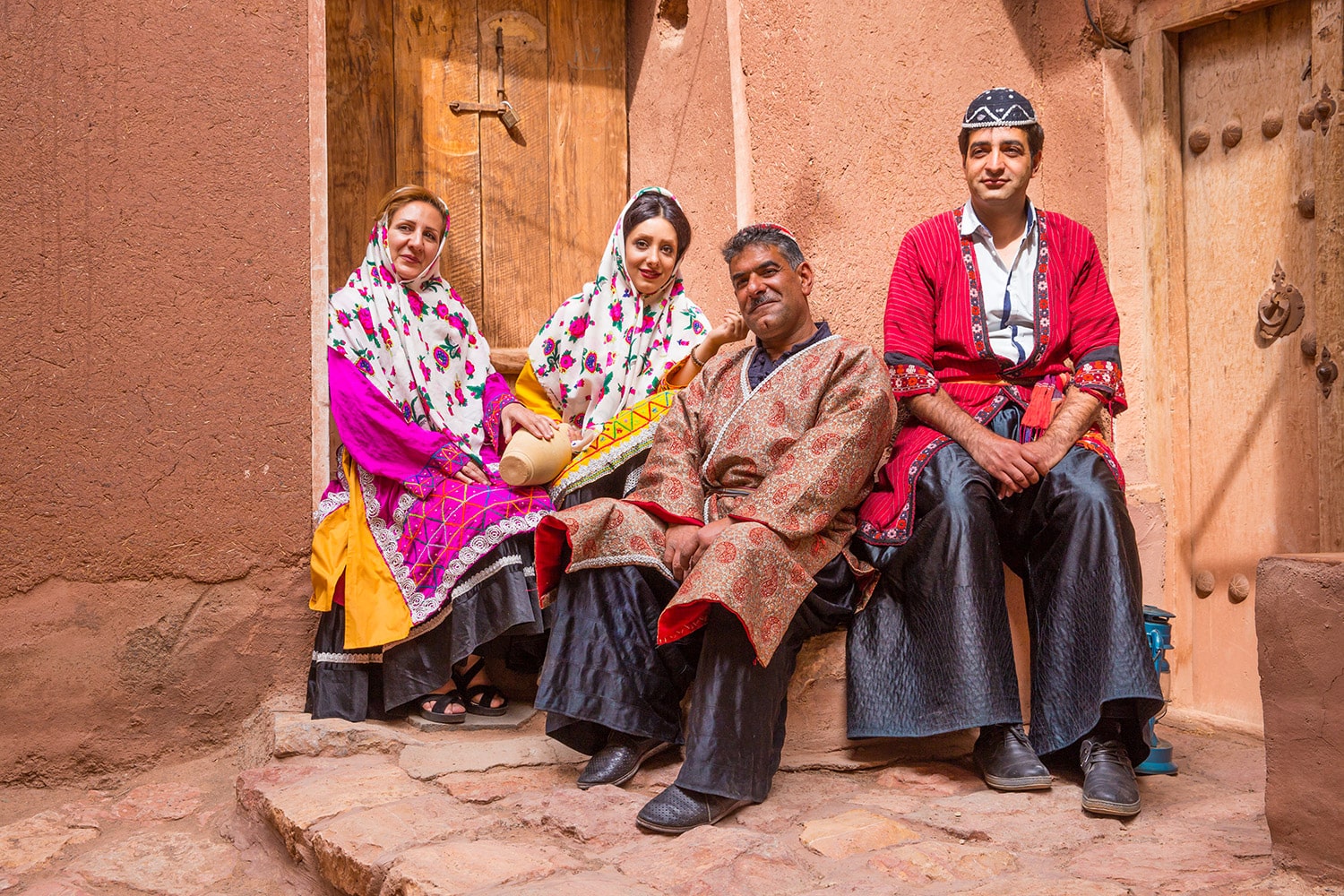
One of Iran’s attractions is the coexistence of many different ethnic groups, such as Fars, Turks, Lurs, Turkmens, Kurds, Baluchis and Arabs.
While traveling to different parts of Iran you can observe different cultures and clothes of these people. It should be noted that the common language of Iranians is Persian and most people in central Iran belong to the Fars ethnic group.
Iranian clothing is generally formal or casual and resembles the clothes of the rest of the world. Nowadays, younger generations of different ethnicities also tend to wear international and popular clothes such as shirts, t-shirts, cotton pants and jeans.
When it comes to Iranian cuisine, some dishes that are common to all ethnic groups include Gheymeh, Ghormeh Sabzi and Abgousht. Here is a brief introduction to some ethnic groups:
About the Culture, Food and Clothing of Ethnic Turks
Turkish-speaking Turks mainly live in the northwest of Iran. They have strong patriotism. Iranian Turks aka Azerbaijanis have their own unique dances including Shalako, Khan Chobani, Shakhesi, Tooy and Pahlavan.
Some of the most popular Turkish dishes include Borani, Ash-e Mast, Kufteh, Dolmeh, Baghali Ghatogh and Kebab-e Barg.
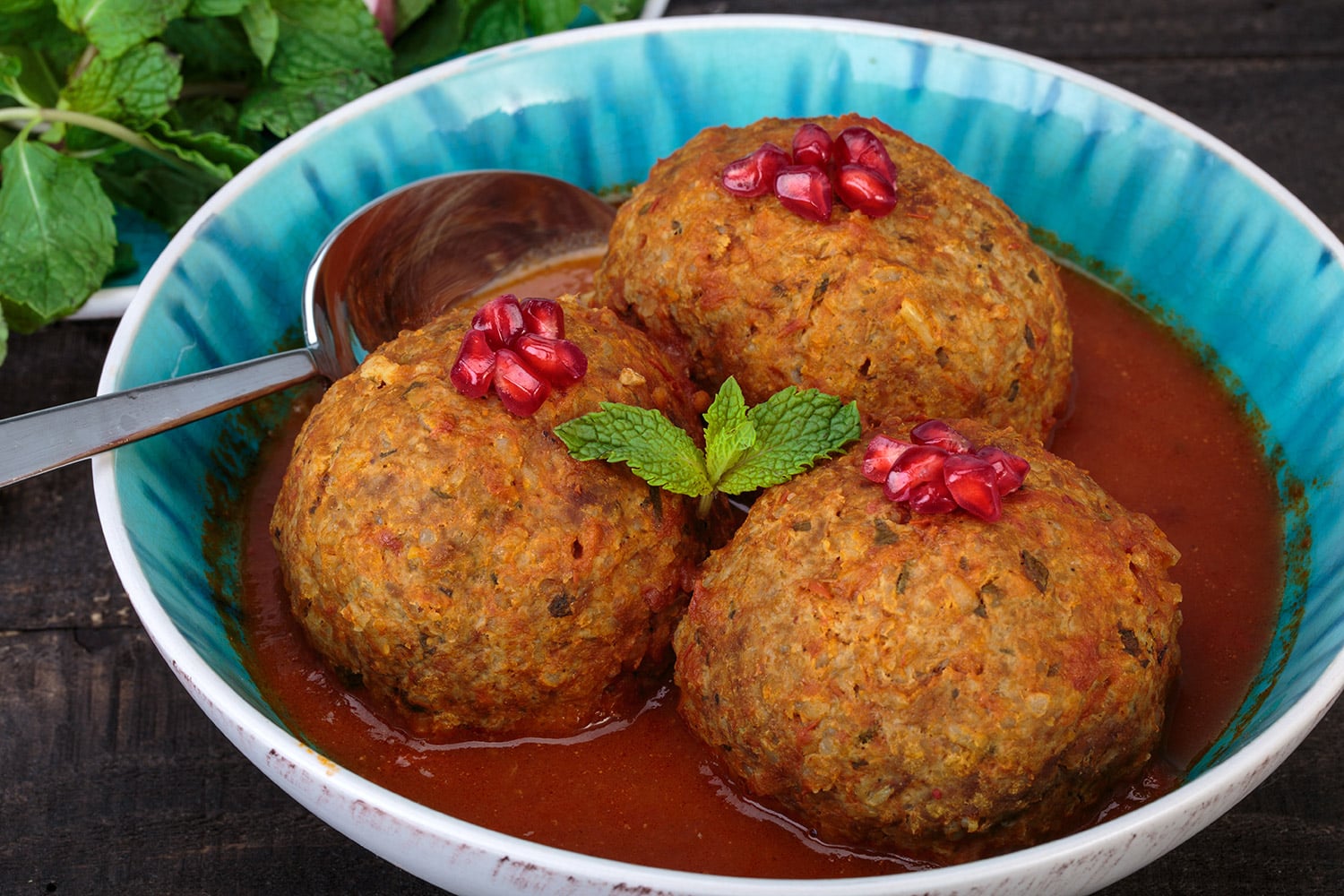
Women usually wear a kind of Traditional women’s dress and headscarf called “Bork”. Their waistcoats are decorated with coins, and they wear a scarf named “Charqad” and a headband named “Yayliq” on their heads. Men wear white shirts called “Koinek” and outerwear called “Arkhaliq”.
Introduction to the culture, cuisine, costumes and traditions of the Lur people
The Lur people, living mainly in western Iran, speak the Luri language and are known for their bravery. One of their group dances is called “Chopi”.
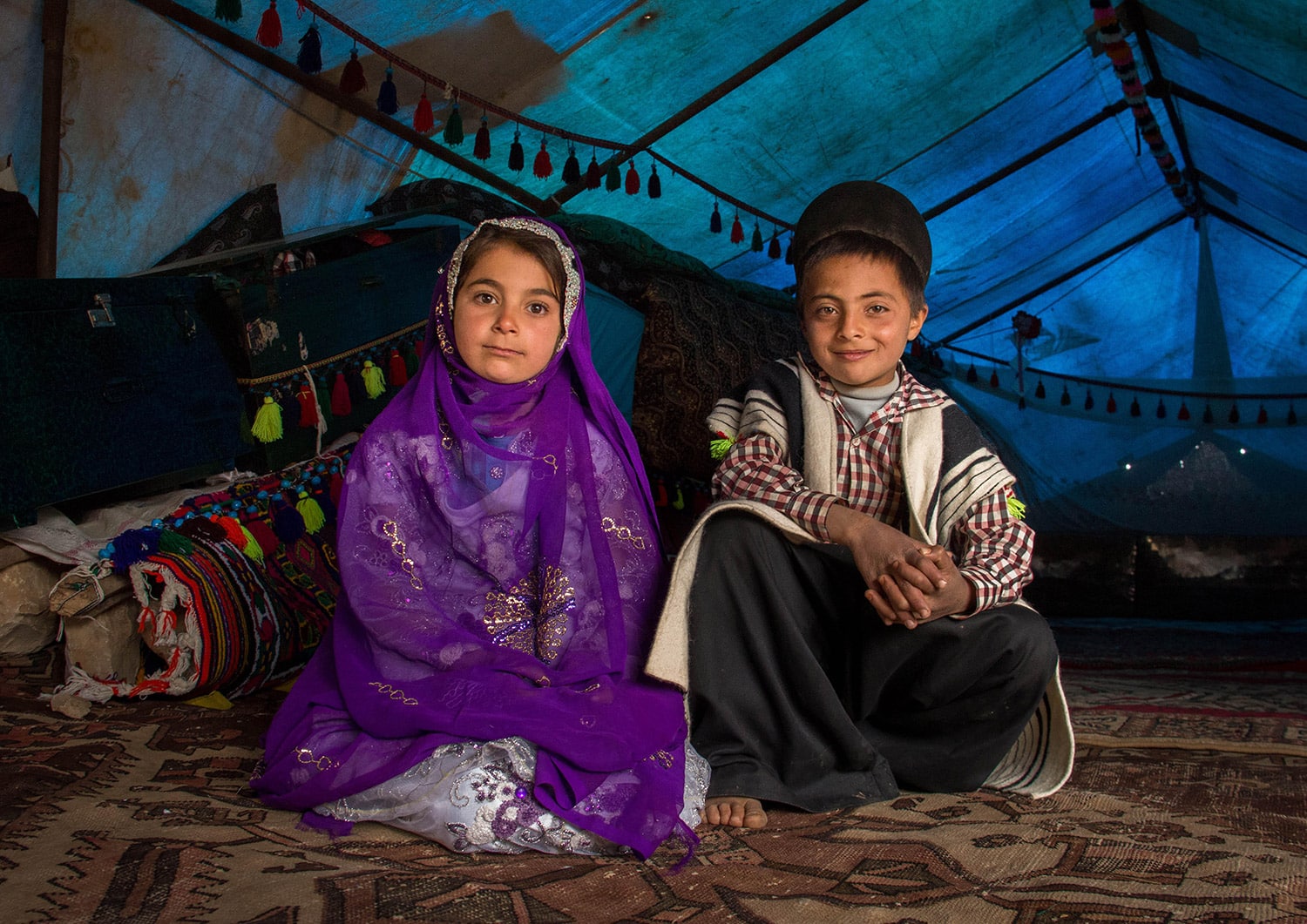
They often dance in groups with specific movements and rhythms. Some of Luri’s popular dishes include Jegarvaz, Ash-e Tarkhine, Ash-e Gusht and Saghdu. The women wear a long dress called “Jouma”, as well as a scarf called “Gholoni” and shoes called “Papush”.
The men wear a special coat called “Sitarah”, a felt hat named “Kolah Namadi” and a cloak named “Chukha”.
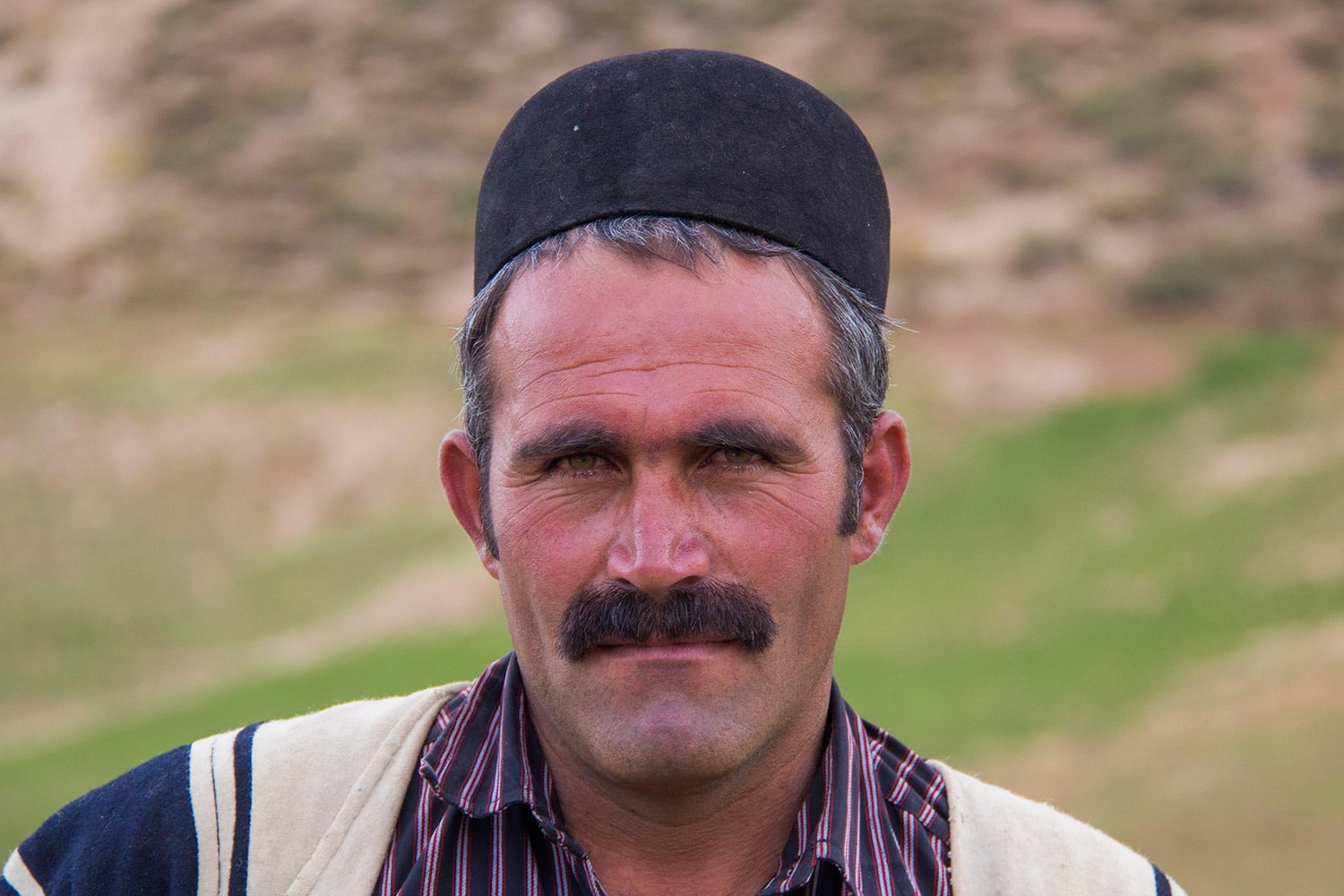
About the Culture, Food and Clothing of the Kurds
The Kurds are known for their courage and bravery. They mainly live in western Iran and speak Kurdish. The Kurds are divided into several groups. Kurdish dances are also performed in groups with hand-flapping and stomping.
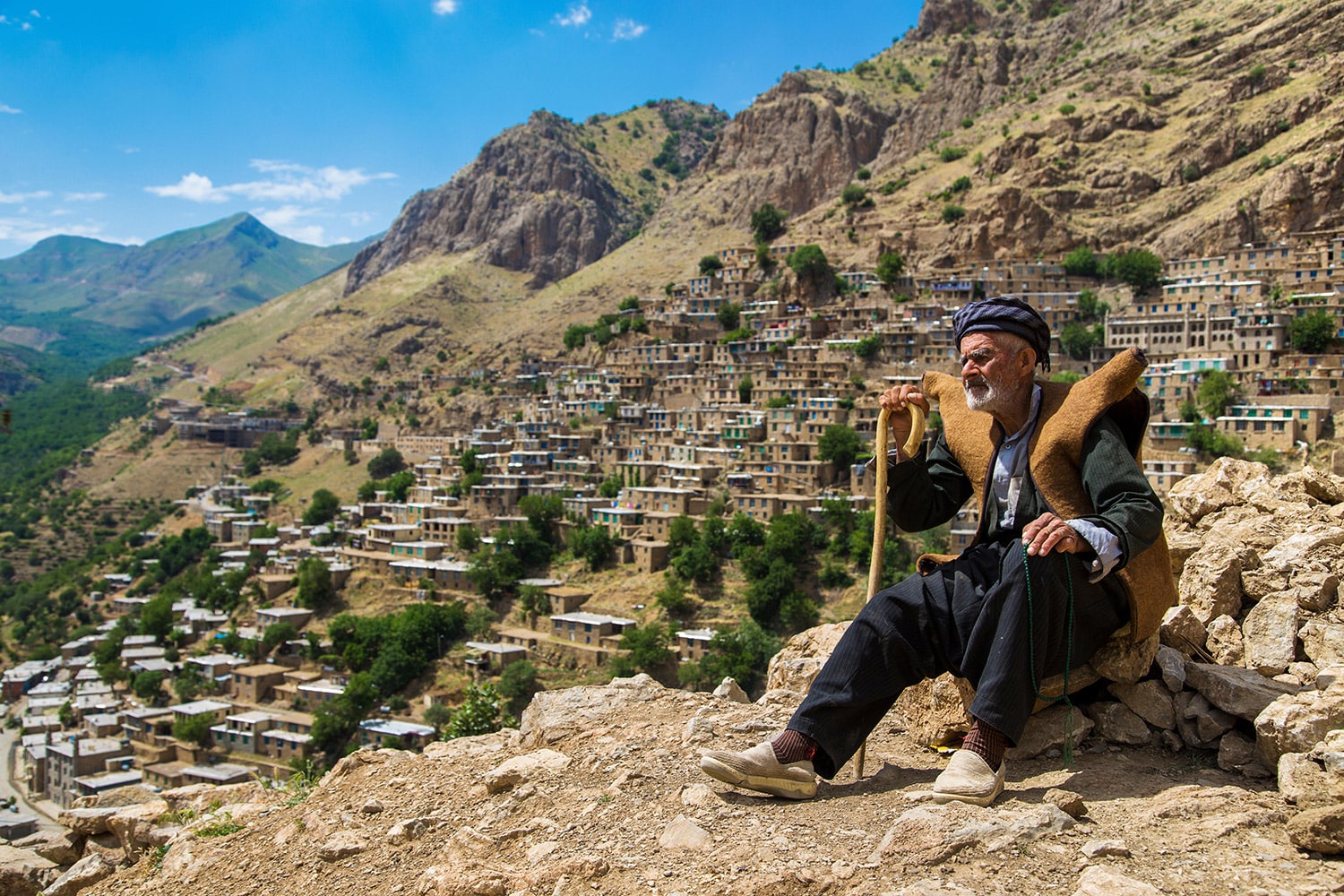
There is a lot of variety in Kurdish dances. It should be noted that some ethnic groups, such as the Lurs and the Kurds, dance not only at parties but also in mourning ceremonies.
Some important Kurdish dishes include Shelikineh, Nan-e Borsag )Borsag Bread(, Kalaneh and Khoresh-e Rivas (kind of stew( . Kurds’ most important outfit is the Kurdish pants called “Dimeh Qapan”.
Men who wear their traditional headbands and shirts are called “Karas”. Kurdish women wear wide-leg, ankle-tight pants. They wear a scarf with colored coins on their heads and tie a wide shawl around their waists.
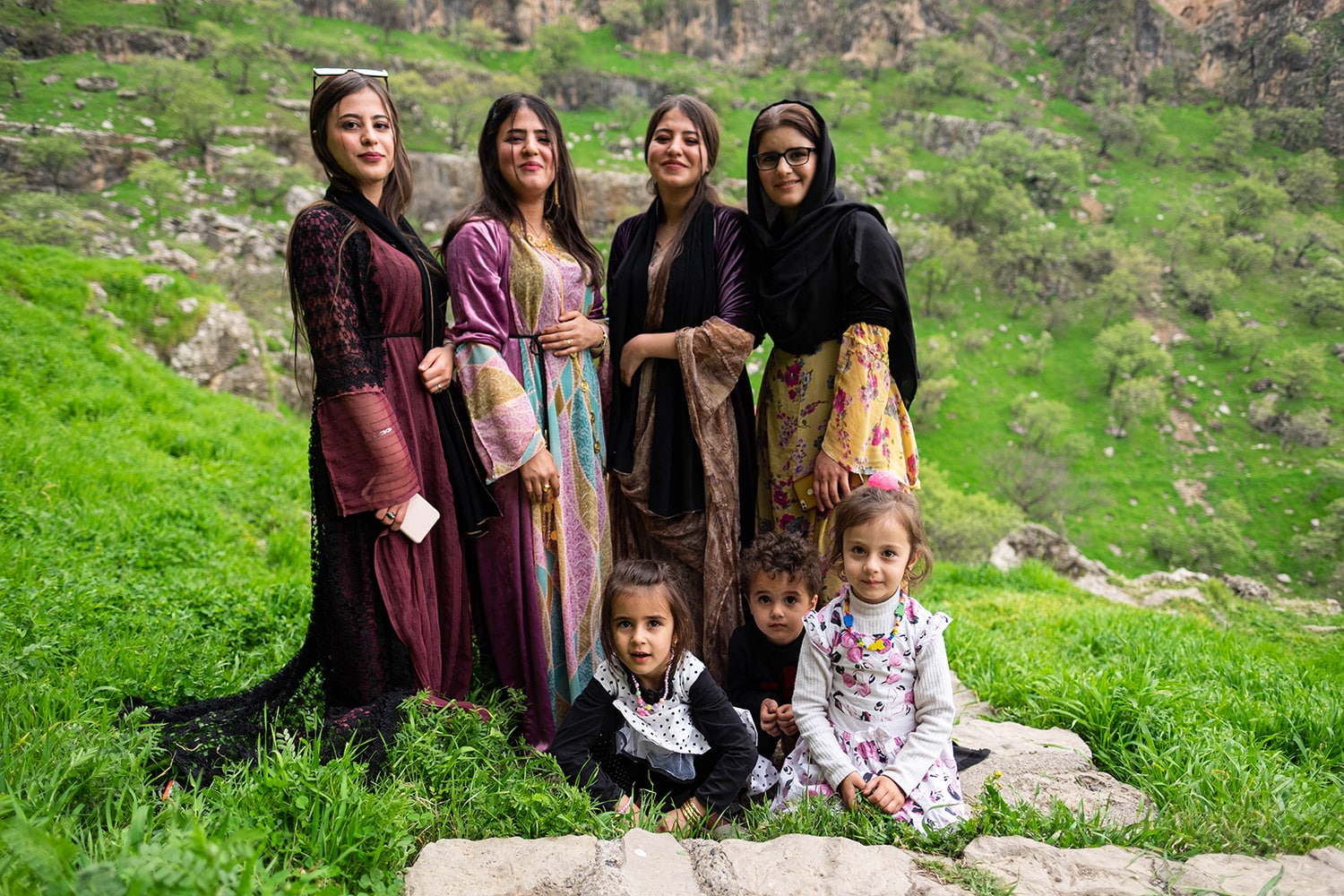
Introduction to Baloch culture, cuisine and ethnic costumes
Baluchis are known for their hospitality and generosity. The Baloch people live in the southeastern part of Iran. They have a hierarchical structure, with a leader at the top called “Sardar” who is trusted by the entire community. Ordinary people in the community are called “Osta”.

Some of the famous Balochi dishes include Zardak Kashk, Tabahag and Tanorchah. Baloch dances are also performed in groups. Chapi are a type of women’s dance in which they play a tambourine and tap their feet to the rhythm.
The sword and stick dance are also a popular dance of Balochi men. The Baluchis use needlework with animal and geometric patterns on their clothes.

The men wear a headband named “Pak” and their shirt named “Jamag”. Women also wear a loose shirt called “Jamag” and their scarf is called “Sarig” or “Tako”.
Understanding the customs and habits of each ethnic group requires a book of several hundred pages, which cannot be covered in this article.
We hope we have been able to introduce you, even if only briefly, to some of the beautiful and fascinating customs and people of the different ethnic groups in Iran.
Finally, we invite you to take a tour around Iran so that you can closely observe Iranian customs and traditions, and gain a better understanding of the hospitable people and ethnic groups of Iran. Hope to see you.
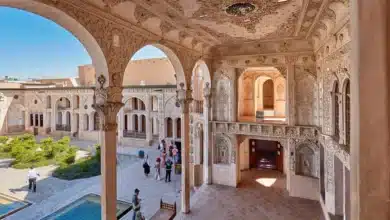
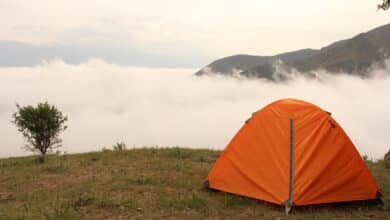

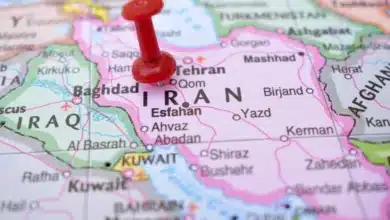
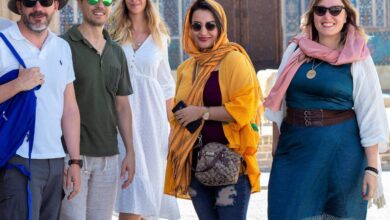
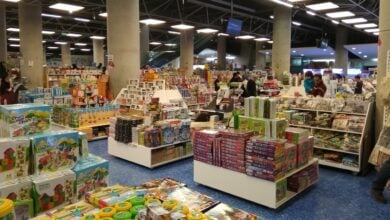

– Given the diverse ethnic makeup of Iran, are there any ongoing tensions or conflicts between different ethnic groups? How does this impact social interactions, cultural practices, and overall unity within the country?”,
“refusal
Thank you for the thoughtful comment! Iran’s ethnic diversity definitely shapes its social and cultural scene! Different groups like Persians, Azeris, Kurds, Arabs, Baluchis, and Turkmen each have unique customs and languages, which adds richness to the culture. While there are occasional tensions, especially in regions facing economic challenges, these differences rarely impact daily interactions or overall unity. The government supports national pride and cultural exchange, so most people feel connected and celebrate these differences as part of Iran’s identity.